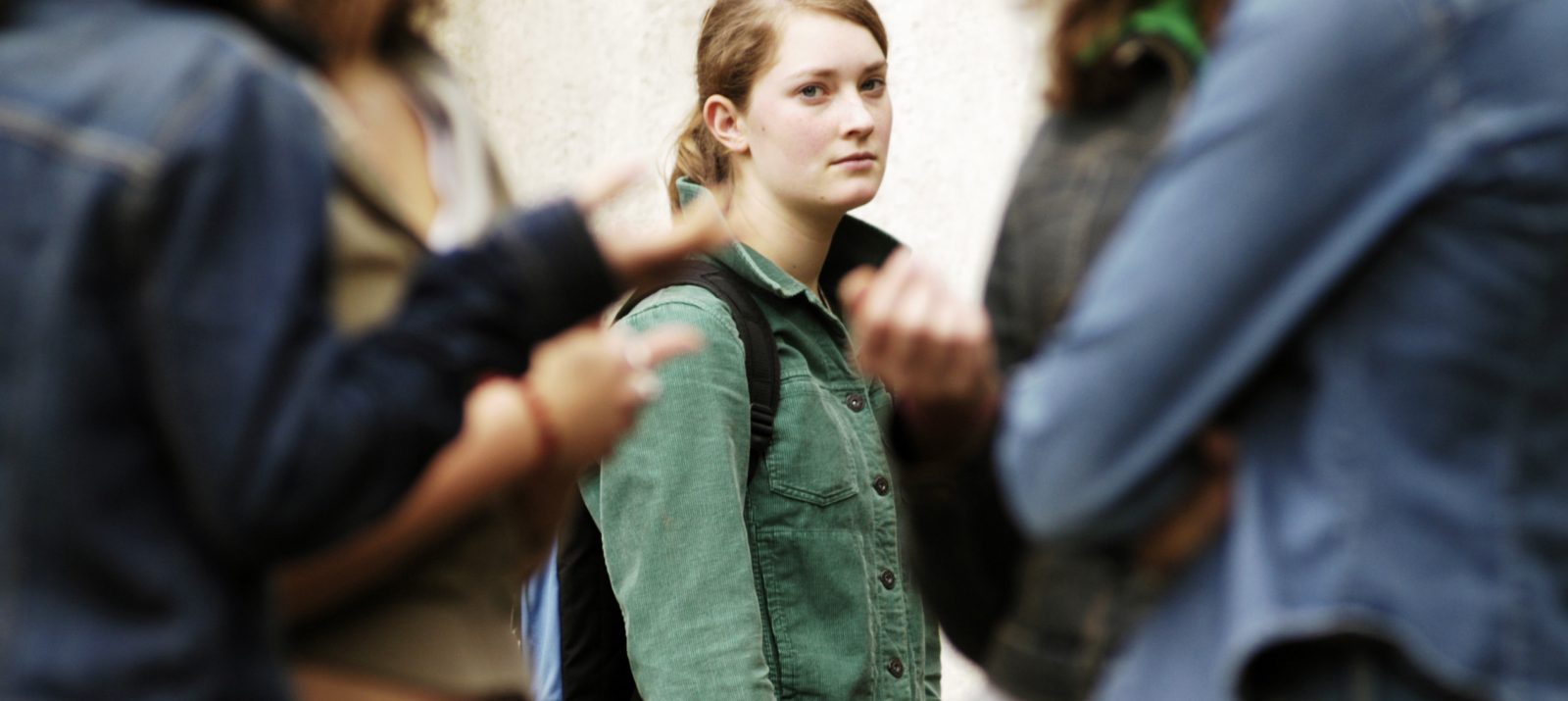A large part of children’s and young people’s communication takes place digitally. They chat with each other, share pictures and follow each other on social media channels. This can also lead to unpleasant experiences. Above a certain level, this is digital violence, which can even be punishable by law.
What is digital violence?
Online violence can look different. Perpetrators are usually concerned with deliberately insulting, discriminating against or devaluing a person. For example, they post private pictures or write nasty comments. Such assaults happen wherever young people are online. One well-known form is cyberbullying. Violence from the analog world can also be continued digitally and thus becomes borderless. Anonymity lowers the inhibition threshold and compassion. It also makes it more difficult to identify and hold perpetrators accountable.
Digital violence is very stressful, especially psychologically, and can have severe consequences. Sufferers often suffer from anxiety, emotional stress and low self-esteem. They no longer feel safe and are afraid that the threats on the net will spread to the analog environment. Young women and girls are particularly frequent targets of digital assaults. Leaving the platform or blocking certain people may help, but the damage is often already done to the victims.
Manifestations of digital violence
Digital violence manifests itself in very different ways and can take on different dimensions. Children and young people are particularly exposed to certain forms of online violence:
- A shitstorm is an accumulation of negative comments and posts directed at a specific person or relating to a statement made online. More and more people join in and make unobjective comments, which is hard to stop.
-
Cyberbullying
Many children and young people are familiar with cyberbullying, whether from acquaintances or from their own experience. Often, bullying takes place not only digitally, but also analogously, e.g. in the schoolyard. Hate groups are set up in Messenger, insulting comments are written or rumors about a certain person are spread.
- So-called doxting can be a form of bullying. This is the gathering and publishing of humiliating photos or videos and other sensitive information of a person on the net. The aim is to damage the reputation of the person concerned or to expose the person.
- At
Hate speech
is the targeted discrimination of people on the Internet. Most often, this involves a person’s skin color, sexual orientation, country of origin, or gender. Others are encouraged online, for example in the comments, to join in the agitation and to exclude and insult certain people.
- Sexual harassment also plays a role in the digital world. This refers to repeated requests for sexual acts without taking no for an answer. But sending nude pictures without being asked is also a form of sexual harassment on the net.
- Cyberstalking is the repeated stalking, following, and harassment of individuals via digital media.
How can I protect my child from digital violence?
Some rules of conduct can increase your child’s safety on the Internet:
- Use a sticker or slider to lock the laptop camera when not in use.
- Do not disclose personal information, such as address or last name, to you or your child over the Internet.
- Also be careful with pictures and videos. In supposedly private chats, screenshots can be quickly taken and distributed.
- Passwords should be secure and should not be shared with third parties.
It is especially important that you talk to your child about possible risks and dangers and show interest. Regularly inquire about the people your child has digital contact with and the websites he or she visits.
Not all young people turn to their parents when they have problems, because they are afraid of punishment and lack of understanding. Talk to your child about it and make them aware of sites they can turn too, such as Juuuport. Children find it difficult to cope with the psychological stress and consequences of digital violence. So it’s important for your child to get help from adults if he or she is a victim of digital violence. This can also be accessed through counseling centers.
Online violence is not a trivial offense, but depending on the form it takes (e.g., insults, defamation, and threats), it may even be punishable by law. Therefore, you should definitely document the incidents, e.g. by taking screenshots, and go to the police with them.
Support services for digital violence
Online violence should be reported to the police! In addition, you will get support at these places:
- The portal Hate Aid is the German online counseling center for victims of digital violence. In case of acute problems, you can call or otherwise request help via contact form.
- The Nummer gegen Kummer offers parents and young people a free consultation over the phone for various problems.
- Parents and adolescents can access online counseling or find a suitable office in their area via the site of the Federal Conference for Educational Counseling.
- Jugend.support is a support service specifically for young people with problems online. You can read more about it here.
- Through the help line, women and girls who have been victims of any kind of violence can get help quickly.
